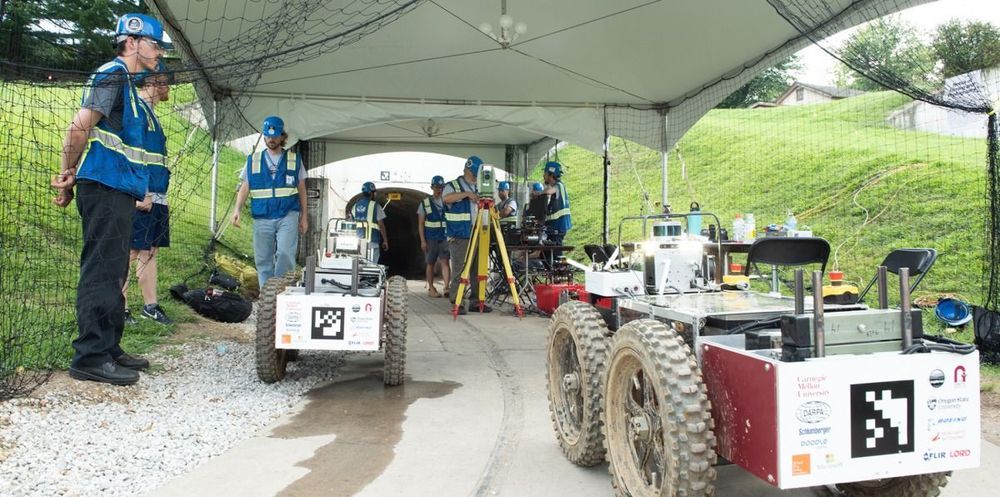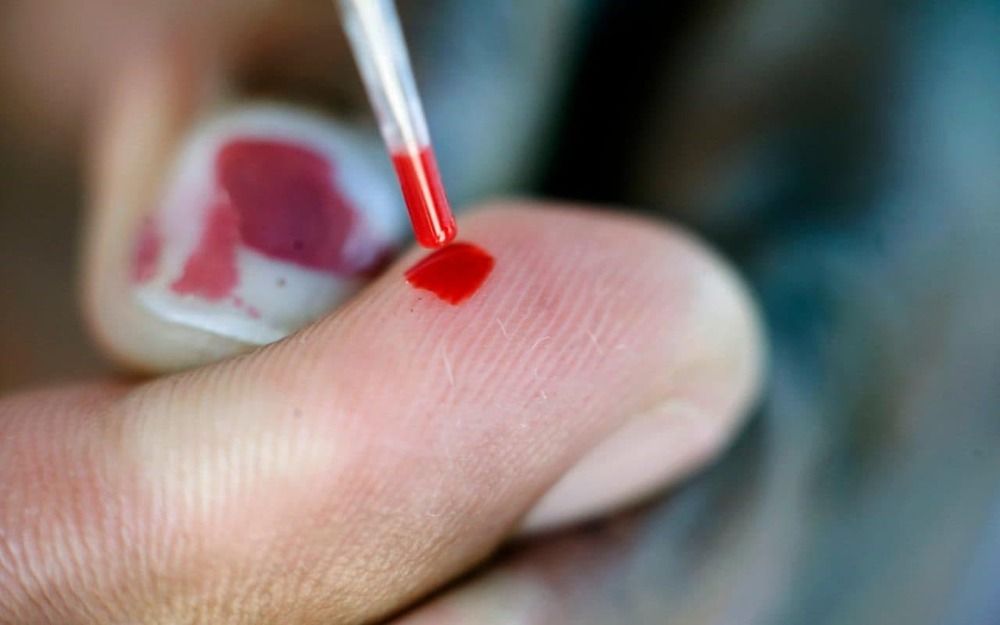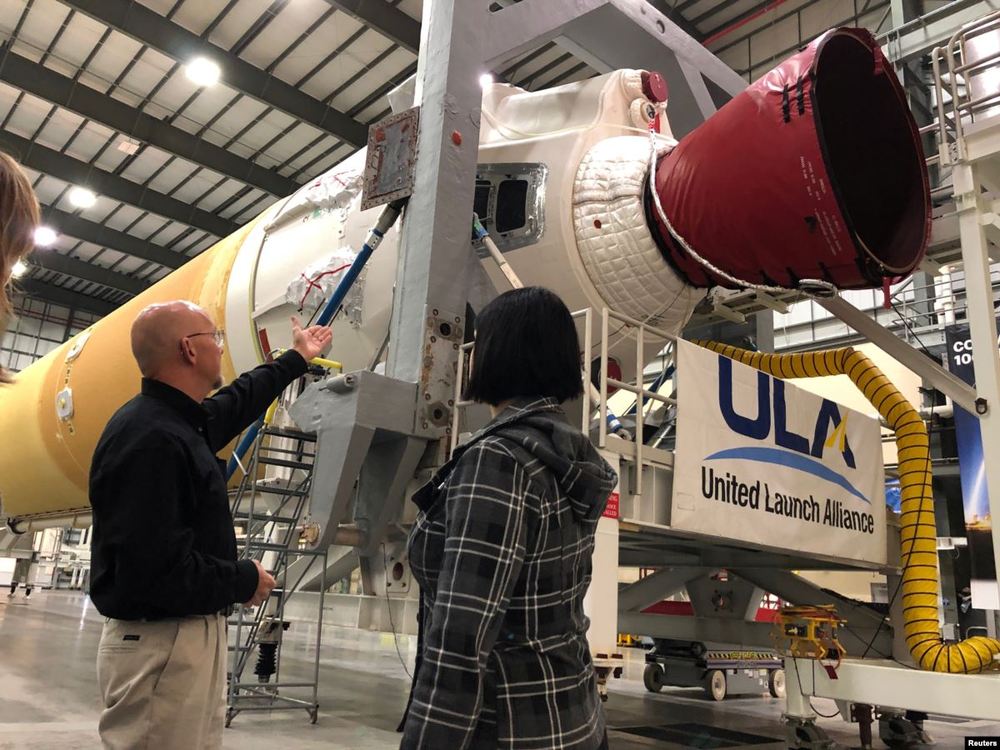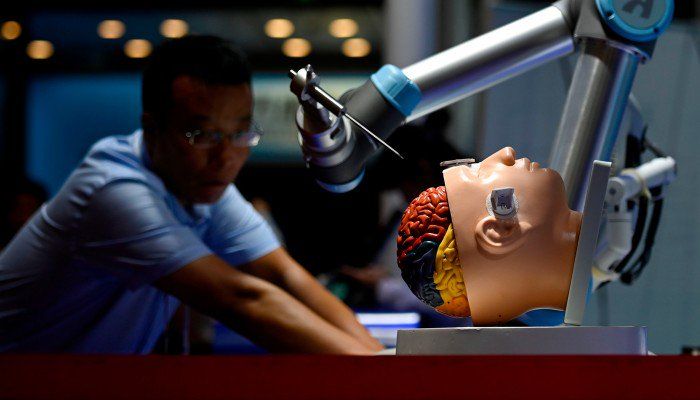The U.S. Defense Advanced Research Projects Agency (DARPA) kicked off the Subterranean Challenge in December 2017, with the goal of equipping future warfighters and first responders with tools to rapidly map, navigate, and search hazardous underground environments. The final winner of the four-event competition won’t be selected until 2021, but Team Explorer from Carnegie Mellon University and Oregon State University managed to best rivals for the initial prize.
On four occasions during the eight-day Tunnel Circuit event, which concluded today, each team deployed multiple robots into National Institute for Occupational Safety and Health research mines in South Park Township, Pennsylvania, tasked with autonomously navigating mud and water and communicating with each other and a base station for an hour at a time as they searched for objects. Team Explorer’s roughly 30 university faculty, students, and staff members leveraged two ground robots and two drones to find 25 artifacts in its two best runs (14 more than any other team), managing to identify and locate a backpack within 20 centimeters of its actual position.
“Mobility was a big advantage for us,” said team co-leader Sebastian Scherer, associate research professor in Carnegie Mellon’s Robotics Institute, in a statement. “The testing [prior to the event, at Tour-Ed Mine in Tarentum, Pennsylvania] was brutal at the end, but it paid off in the end. We were prepared for this … We had big wheels and lots of power, and autonomy that just wouldn’t quit.”








